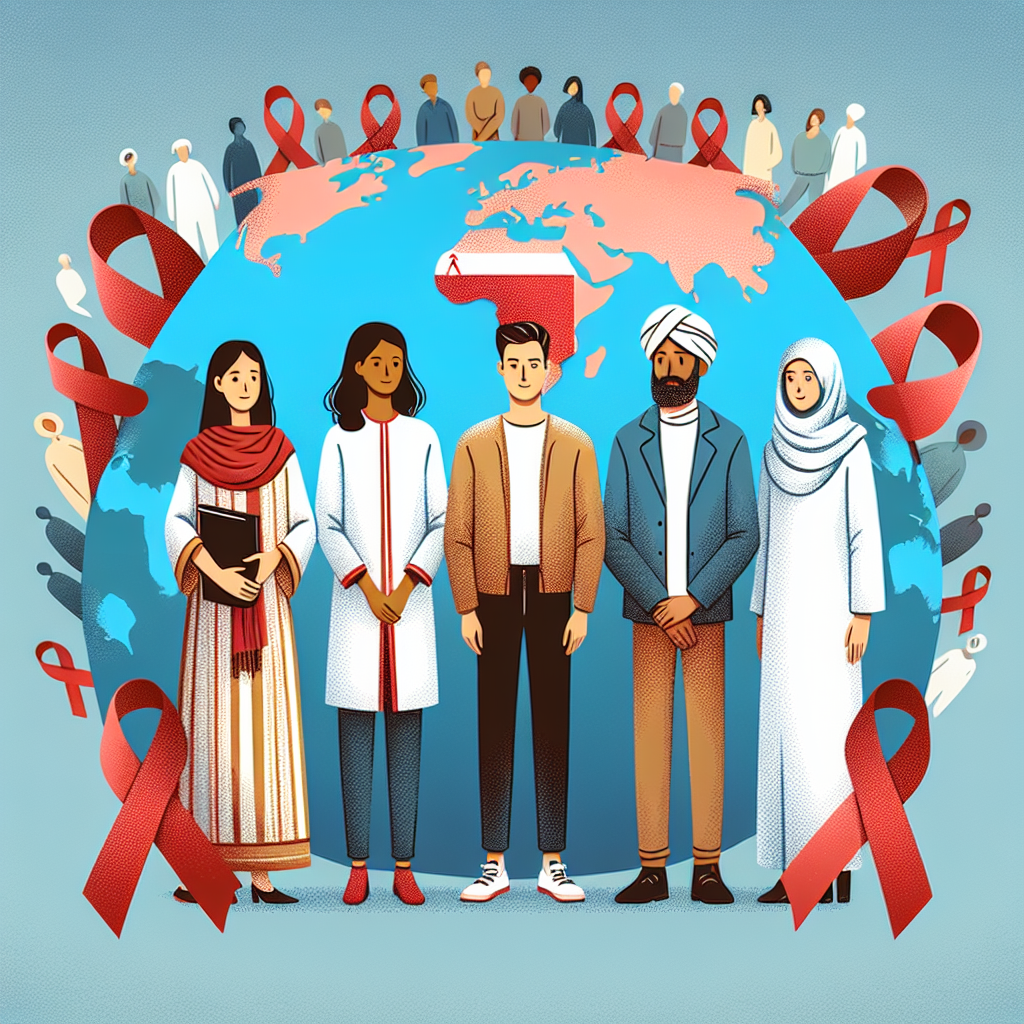
Navigating the Impact of Funding Cuts on Global HIV Prevention
The fight against HIV/AIDS has been one of the most persistent public health challenges worldwide. With recent devastating funding cuts from international donors (like the US), particularly affecting countries hardest hit by HIV, the resilience and adaptability of affected regions are more critical than ever.
This article explores the current landscape, the impact of these cuts, and the innovative strategies being deployed to sustain progress.
The Global Challenge of HIV Funding Cuts
In countries such as South Africa, where the battle against HIV/AIDS has seen significant progress in the past decade, funding reductions pose a serious threat. South Africa, one of the epicenters of the HIV epidemic, illustrates the challenges faced by many. The nation fears a spike in HIV infections as U.S. aid cuts take effect, impacting the availability of essential services and treatment options. According to the BBC, the decrease in funding threatens to reverse the hard-won gains in curbing the epidemic.
International Response and Resilience
Despite the challenges, many affected countries demonstrate remarkable resilience and determination. Communities and health workers continue to innovate, leveraging resources and partnerships to maintain service delivery. According to UN News, some regions are also focusing on local fundraising efforts and cost-effective interventions to fill the gap left by reduced external funding.
Adaptive Strategies and Local Solutions
1. Community-Based Initiatives
Local organizations have intensified efforts to implement community-based interventions. These initiatives often include education programs that target high-risk groups through culturally appropriate and sustainable methods. By engaging community leaders and volunteers, these programs ensure that critical messages and services reach those most in need.
2. Technological Innovations
Advancements in technology provide new avenues for intervention. Mobile health platforms and telemedicine have become vital tools in maintaining patient contact and delivering services from a distance. These platforms enable health professionals to offer consultations, follow-up appointments, and remote monitoring of HIV-positive individuals.
3. Multifaceted Prevention Strategies
Countries are adapting by integrating comprehensive prevention strategies that incorporate behavior change, biomedical interventions, and the use of pre-exposure prophylaxis (PrEP). These strategies emphasize the importance of combining prevention methods to maximize impact and reach more individuals effectively.
Sidebar (and probably worth a full blog). A fellow USC alumnus, Seth Kalichman, used to do a ton of work in AIDS denialism. This article is worth checking out.
Conclusion
The challenges posed by funding cuts in the fight against HIV are significant, yet they also present an opportunity for innovation and resilience. By fostering partnerships, engaging communities, and adopting innovative technologies, regions can continue to combat HIV effectively despite financial constraints. The global community must continue to advocate for sustained investment and support these efforts to ensure that progress in reducing HIV infections and improving the lives of affected people is not only maintained but accelerated.
As we move forward, it is crucial to recognize that the fight against HIV is far from over, and every action counts in making a substantial impact on global health.

